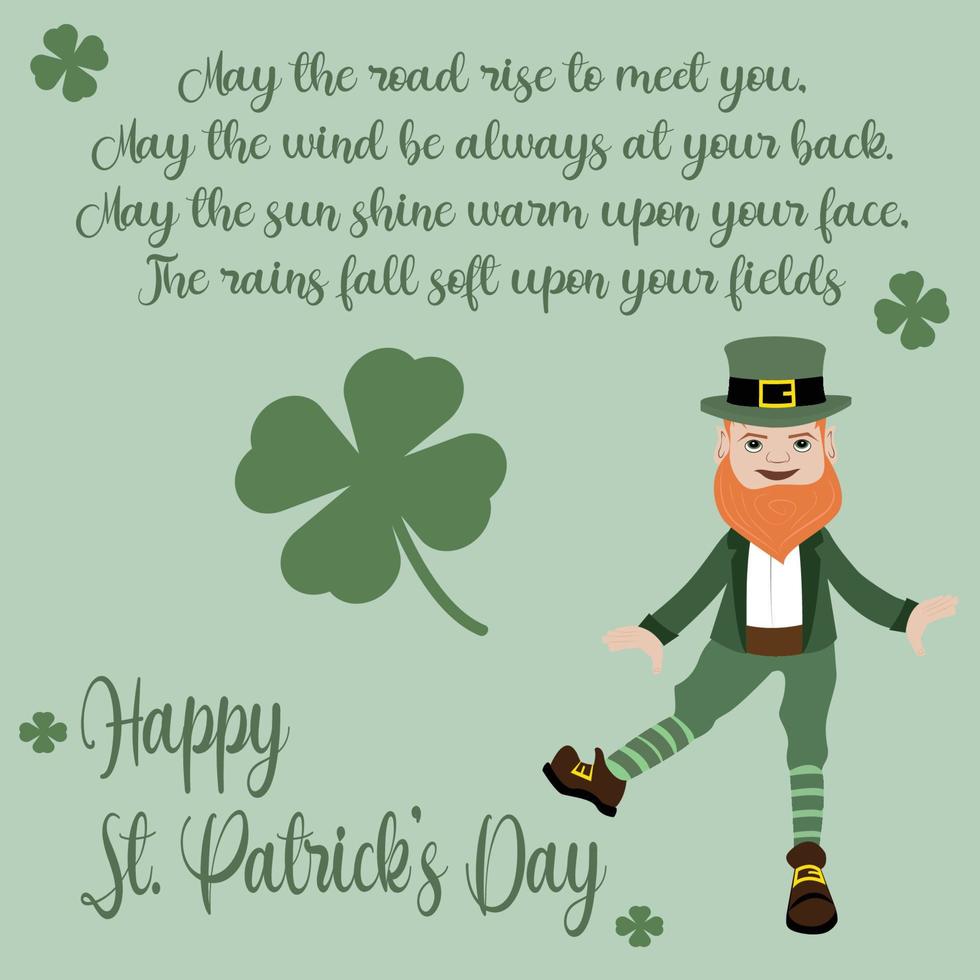Gallery
Photos from events, contest for the best costume, videos from master classes.
 |  |
 |  |
 |  |
 | |
 |  |
 |  |
Saint Patrick’s Day, celebrated every March 17th, is a festivity rich in folklore, legend, and tradition. This day, dedicated to the patron saint of Ireland, intertwines the historical with the mythical, offering a glimpse into the soul of the Irish people. From the legendary exploits of Saint Patrick to the emblematic Irish jewelry that 2. St. Patrick’s Day is not the Saint’s Birthday St. Patrick’s reported gravesite in County Down, Ireland. Source: Wikimedia Commons In reality, it is the opposite. St. Patrick’s Day celebrates the saint’s feast on the supposed day of his death in 462 CE. He was buried outside the cathedral in Downpatrick, County Down, Northern Ireland. The Shamrock Legend ☘️. One of the most famous stories about St. Patrick is how he used the shamrock to explain the Holy Trinity (Father, Son, and Holy Spirit). He showed that just like a shamrock has three leaves but is one plant, the Trinity is three in one. To this day, the shamrock is a symbol of Ireland and St. Patrick’s Day. Have you ever wondered where leprechauns come from and why they are part of St. Patrick’s Day? 🍀 In this fun and educational video for kids, discover the l St. Patrick’s Day is a global celebration of Irish culture that takes place annually on March 17, the anniversary of the patron saint of Ireland's death in the fifth century. The holiday has Shrouded in the mists emanating from the final years of Roman Britain, the story of St. Patrick’s Day is one rooted in centuries-old customs, myth, and legend. From a somewhat solemn celebration, revellers today embrace everything from dyeing rivers green to huge parades, and raising a glass in Patrick’s honour. Why do we celebrate St. Patrick's Day on March 17? Legend has it that Patrick died on March 17. 10 St. Patrick's Day decorations that'll help you celebrate at home St. Paddy's Day pups gulp According to the legend, St. Patrick was undergoing a 40-day fast on top of a hill when snakes began attacking him, and St. Patrick successfully chased them all into the sea. Despite fossil records showing that there likely never were snakes in Ireland to begin with, this popular story of St. Patrick persists. We can begin by replacing all references to Paddy’s Day with the proper name of Saint Patrick’s Day for the difference between Paddy’s Day and St. Patrick’s Day is the same as the difference between the office Christmas Party and Midnight Mass. Additional Misconception: “St. Patrick Was Not a Saint” Saint Patrick’s Day, feast day (March 17) of St. Patrick, patron saint of Ireland. People of that country celebrate the day with religious services and feasts, but Saint Patrick’s Day has transformed into a largely secular holiday of revelry in other parts of the world. St Patrick banishes snakes from Ireland. This is one of the best known St Patrick legends. The story goes that St Patrick had subjected himself to a 40-day fast on the top of the mountain now known as Croagh Patrick. As he came down after finishing his fast, he saw snakes gathering in front of him. Legend has it that Patrick stood on an Irish hillside and delivered a sermon that drove the island’s serpents into the sea. St. Patrick’s Day was a Roman Catholic feast only observed in This is an accepted version of this page This is the latest accepted revision, reviewed on 17 March 2025. There are 2 pending revisions awaiting review. Cultural and religious celebration on 17 March For other uses, see Saint Patrick's Day (disambiguation). Saint Patrick's Day Saint Patrick depicted in a stained-glass window at Saint Benin's Church, Ireland Official name Saint Patrick's Day While the legend is deeply ingrained in Irish folklore and celebrated every St. Patrick’s Day, scientific evidence and historical context tell a different story. The truth is far more nuanced and fascinating than a simple tale of a saint and a snake-free land. St. Patrick wrote two short works: his “Confessio” (a spiritual autobiography) and his “Letter to Coroticus” (a denunciation of the slave trade). 9. What is the significance of St. Patrick’s Day? St. Patrick’s Day commemorates the death of St. Patrick and celebrates Irish culture and heritage. Before you put up your St. Patrick’s Day Instagram post next week, stop to check the spelling in your caption. A 2021 study that language learning platform Preply re-publishes each year in March St. Patrick’s Day. Over the centuries, March 17, the day of St. Patrick’s death, has been commemorated as St. Patrick’s Day. Initially, it was observed as a religious holiday, but over time, it has evolved into a global celebration of Irish culture. One of the most enduring traditions of St. Patrick’s Day is the wearing of green. St. Patrick is one of the most celebrated figures in Irish history, but his story remains shrouded in myth and legend. While that legend has been shaped by centuries of storytelling, his real-life Saint Patrick, the patron saint of Ireland, is celebrated annually on March 17th, a day marked by vibrant parades, music, and the wearing of green. The legend of St. Patrick is rich in history and myth, blending real events with enchanting folklore.
Articles and news, personal stories, interviews with experts.
Photos from events, contest for the best costume, videos from master classes.
 |  |
 |  |
 |  |
 | |
 |  |
 |  |